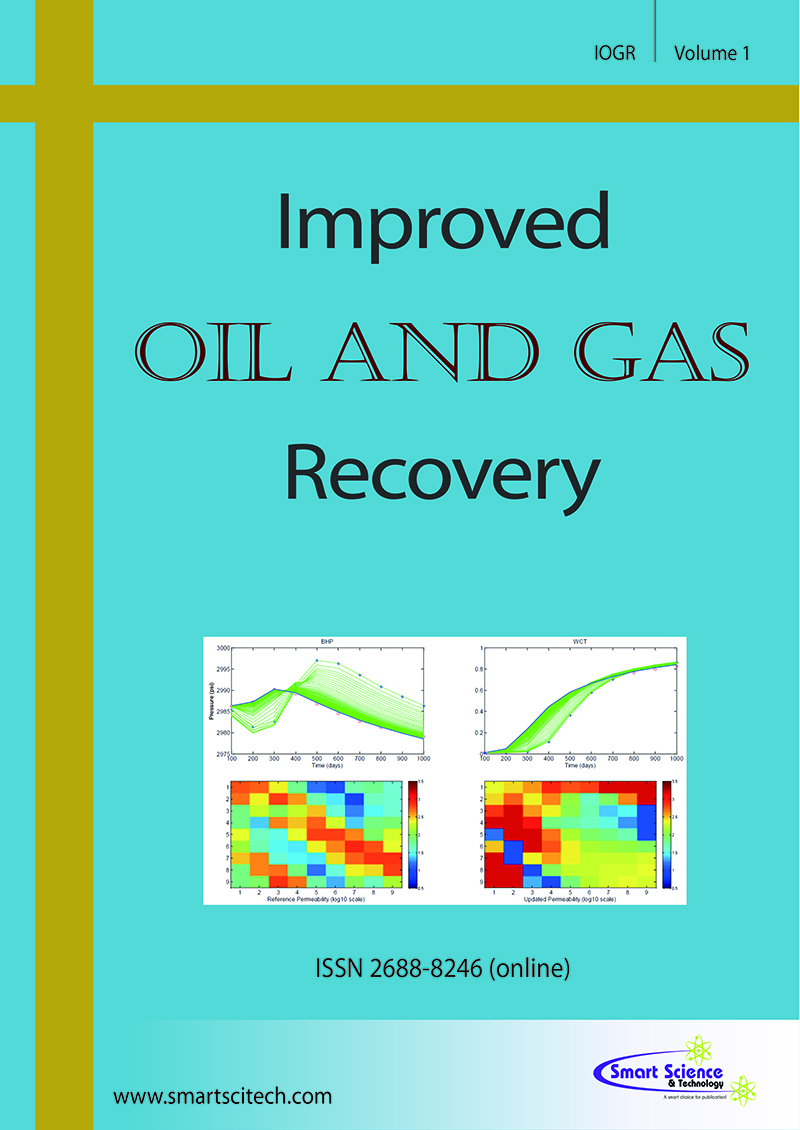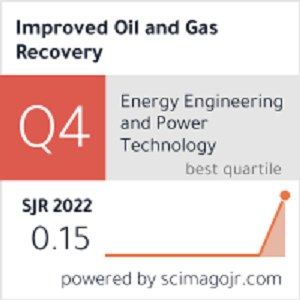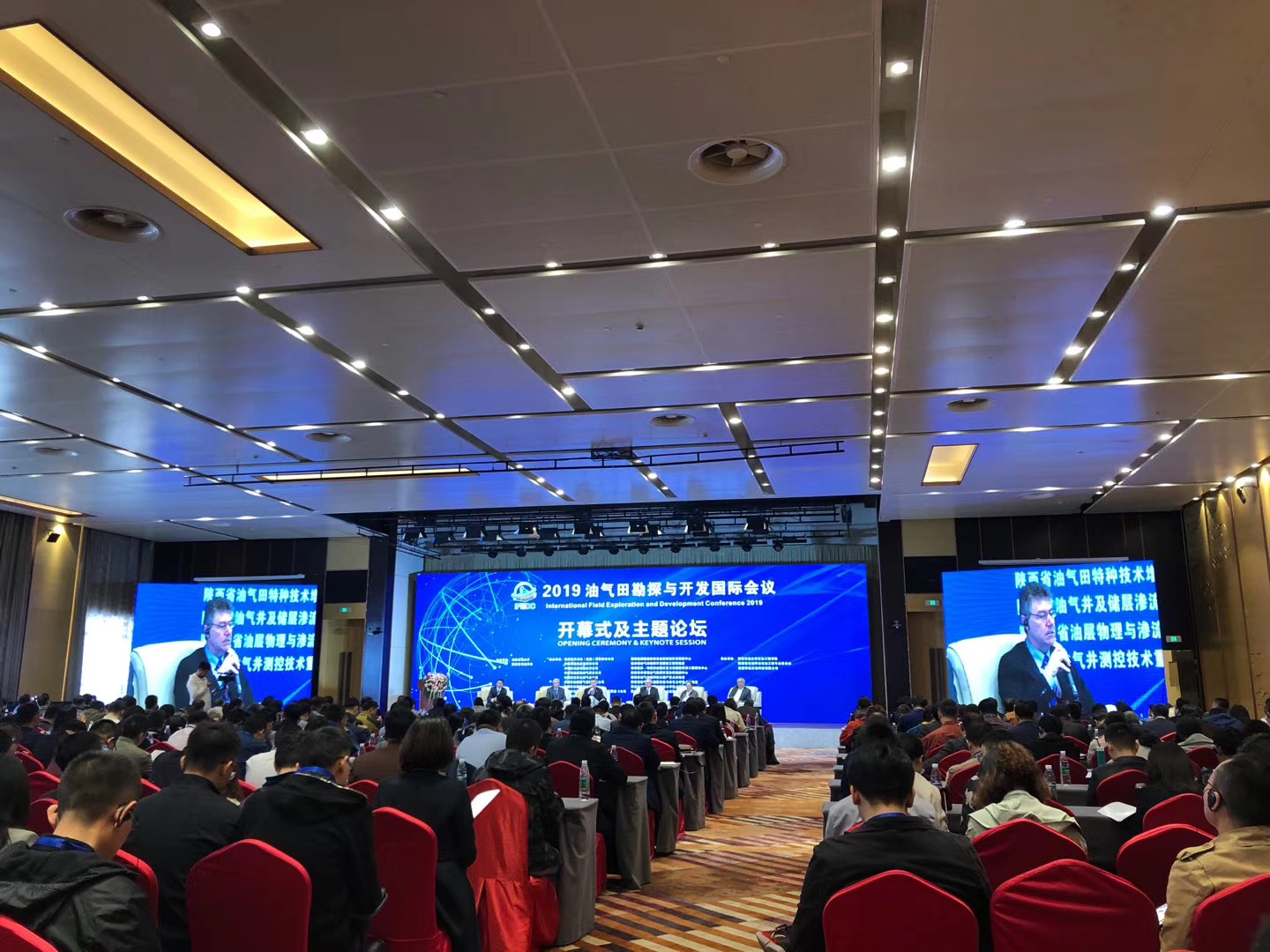Optimization of Oil-Gas Separation in the Production Stations at Abo-Sannan Field: Case Study
DOI: 10.14800/IOGR.1263
Abstract
The study employs Aspen HYSYS simulation and optimization tools to investigate three different scenarios. This optimization aims to determine the optimal separator pressures for a two-stage gas-oil separation plant (GOSP) as well as modified configurations for three- and four-stage separations while targeting maximum profit and best results.
The study consists of three case scenarios. The first case study deals with the existing base station under normal and optimal operating conditions. The second case study involves modifying an existing T-oil plant by rearranging the separators to create sequential separators that operate under ideal conditions. The third case study explores adding one additional separator in series to the three existing separators in the series, all of which operate under optimal conditions. Extracting oil and gas, reducing energy consumption. The crude oil Reed Vapor Pressure (RVP) is set to 10 psi for all scenarios.
This study resulted in significant improvements, including a daily increase in oil recovery of 1.8%, 2.3% and 2%, as well as a daily increase in net profit of 6.4%, 5.8% and 4.3%, respectively. Specifically, simulations conducted in the three case studies revealed significant daily increases in oil recovery also highlight the potential for improved performance and economic benefits through improved T-oil plant and GOSP operations, contributing to a more sustainable and profitable crude oil processing industry.
The crude oil stabilization unit known as the T-oil plant within the Gas-Oil Separation Plant (GOSP) is greatly enhanced by using the multiple separation stages.
Downloads
Published
How to Cite
Issue
Section
License
Copyright (c) 2024 The Author(s)

This work is licensed under a Creative Commons Attribution 4.0 International License.












